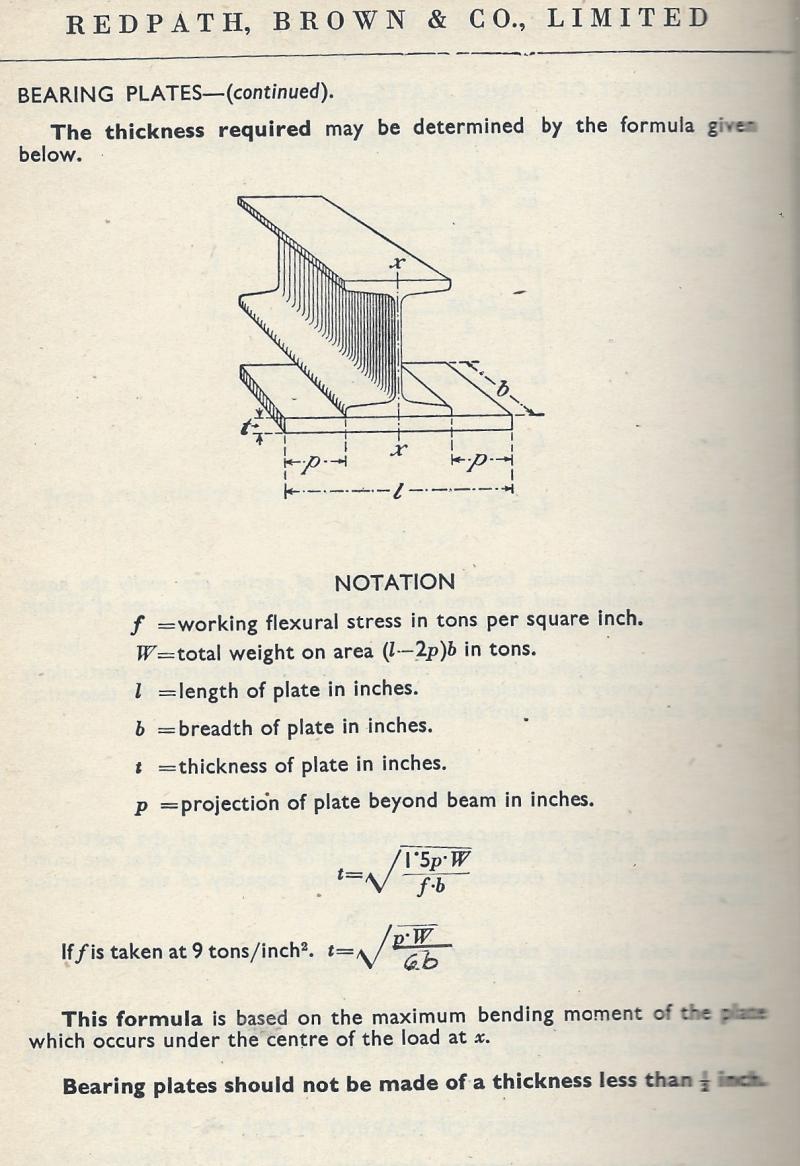Are there any issues with bearing steel beams that are supporting the floor onto the existing brickwork?
Would rather do this than take out brickwork below the existing ceiling line to install a padstone. I want the bottom of the steel supporting steel to be roughly 25mm above the existing ceiling joists with the floor joist notched into the web of the UB. If i sit the steel directly on the brickwork then it'll mean i don't have to remove some of the ceiling and plaster board on the walls below.
Hope i've explained myself well enough.
Your help would be greatly appreciated!
Would rather do this than take out brickwork below the existing ceiling line to install a padstone. I want the bottom of the steel supporting steel to be roughly 25mm above the existing ceiling joists with the floor joist notched into the web of the UB. If i sit the steel directly on the brickwork then it'll mean i don't have to remove some of the ceiling and plaster board on the walls below.
Hope i've explained myself well enough.
Your help would be greatly appreciated!


